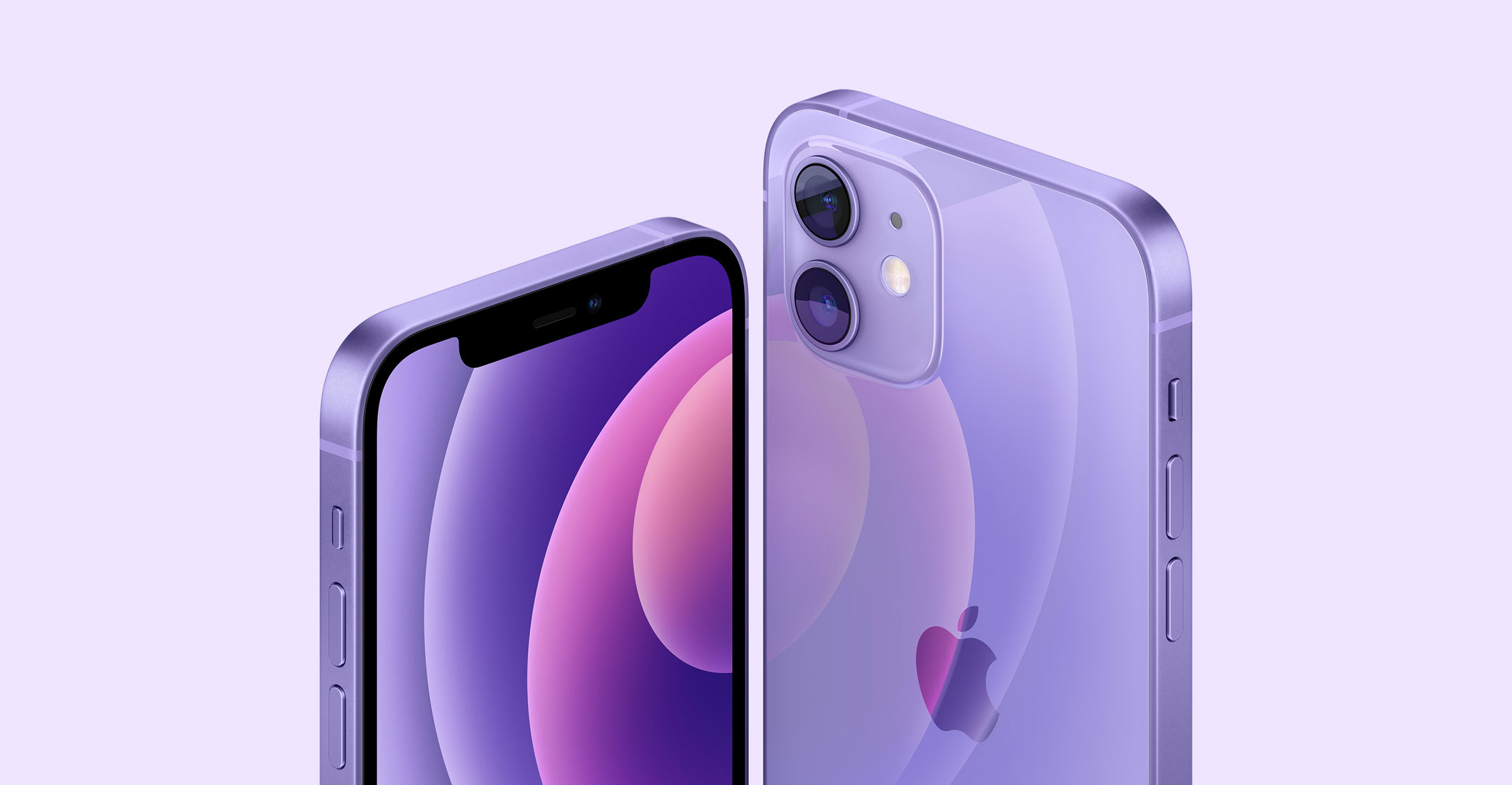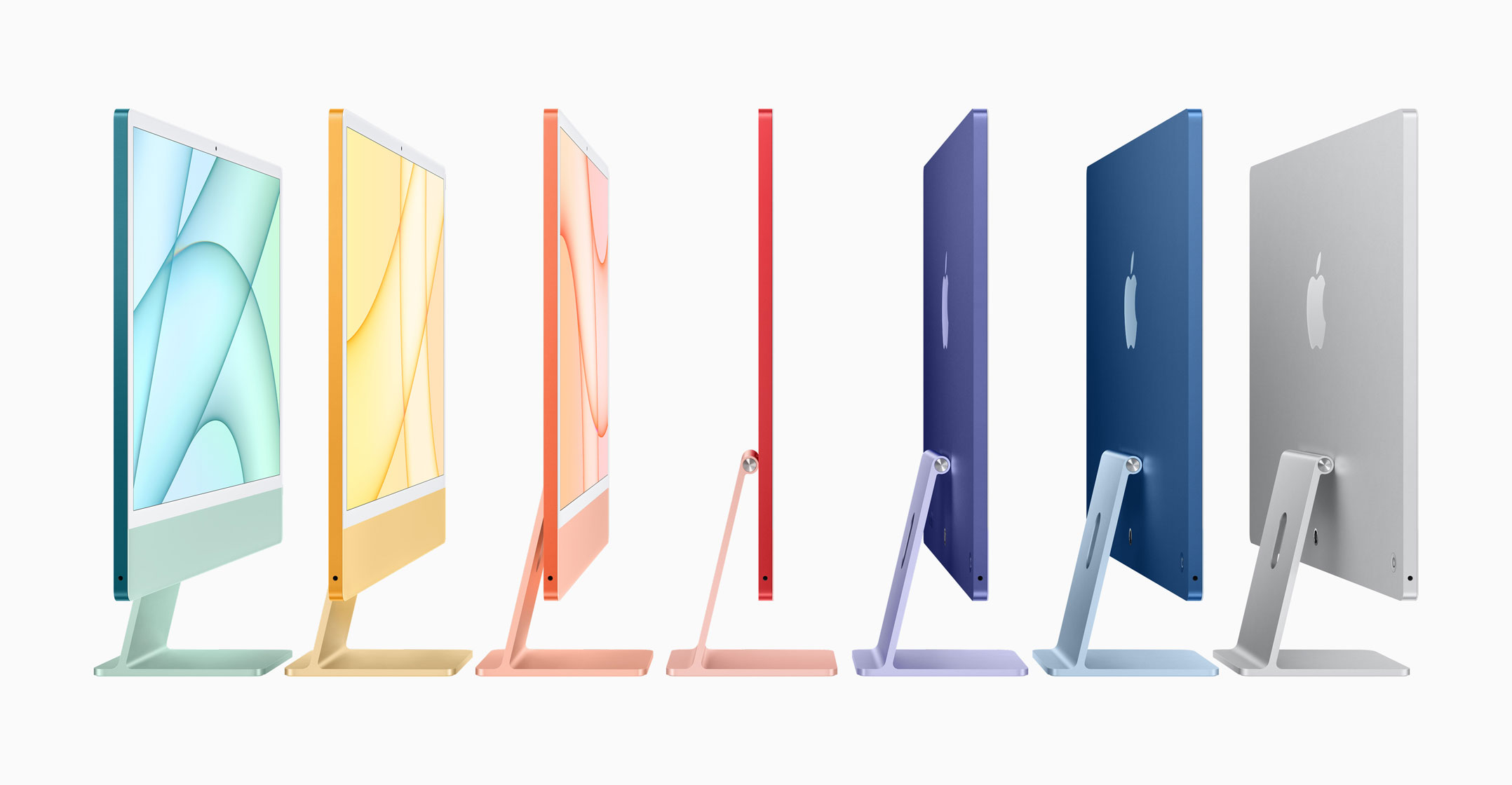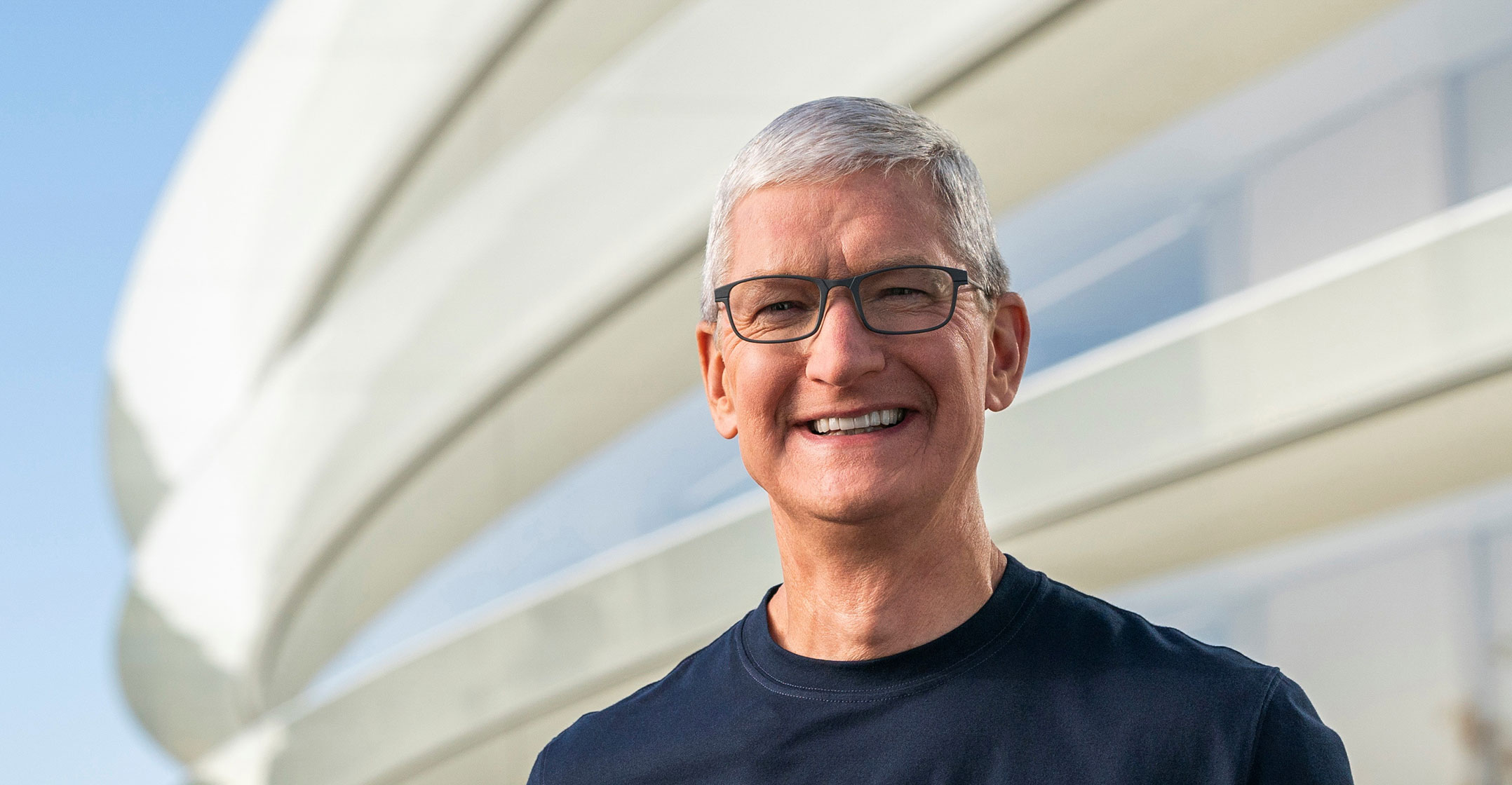 Apple on Wednesday posted sales and profits ahead of Wall Street expectations, fuelled by 5G iPhone upgrades but warned a global chip shortage could dent iPads and Mac sales by several billion dollars.
Apple on Wednesday posted sales and profits ahead of Wall Street expectations, fuelled by 5G iPhone upgrades but warned a global chip shortage could dent iPads and Mac sales by several billion dollars.
Fiscal second quarter sales to China nearly doubled and results topped analyst targets in every category, led by US$6.5-billion more in iPhone sales than predicted and Mac sales about a third higher than estimates.
Apple also announced a $90-billion share buyback, a day after Alphabet promised to repurchase $50-billion in stock.
Apple CEO Tim Cook said on an investor call that Apple avoided a chip shortage in the fiscal second quarter by burning through supply buffers. In the fiscal third quarter, the shortage could cost the company $3-billion to $4-billion in revenue, said chief financial officer Luca Maestri.
The shortfalls “affect primarily the iPad and the Mac”, Cook said. “We’ll have some challenges in there,” Cook said, later adding that there could be trouble sourcing semiconductors made with older chip-making technology. Those are the same class of older-technology chips bedevilling Ford, which on Wednesday said the shortage slashed production in half in its second quarter.
Chip shortages
Cook said Apple competes against other industries for chip-making capacity in those older factories and “it’s very, very difficult” to predicted when shortages will end, he said.
Maestri said he expects revenue for the quarter ending in June to grow by “strong double digits” year over year but a steeper-than-usual decline in revenue between its fiscal second and third quarters because of a later iPhone 12 launch.
Apple had thrived through the coronavirus pandemic as homebound consumers stocked up on electronic devices and signed up for paid apps and services for fitness and music, and sales shot up even higher as Apple released 5G iPhone models last spring.

For the fiscal second quarter ended 27 March, Apple said sales and profits were $89.6-billion and $1.40/share, compared to estimates of $77.4-billion and $0.99/share, according to Refinitiv data.
iPhones were the biggest driver of growth, suggesting consumers are upgrading to 5G, said Haris Anwar, senior analyst at Investing.com. “Stimulus checks and the successful vaccine roll-outs are certainly helping to boost consumer demand for tech gadgets across the board,” Anwar said.
While Apple’s business is booming, its App Store, one of its fastest-growing businesses, has come under increased antitrust scrutiny because of Apple’s in-app payment rules and app review policies. In addition, Facebook warned on Wednesday that its growth later this year could “significantly” decline as new Apple privacy policies will make it more difficult to target ads.
In the fiscal second quarter, Macs and iPads — two product categories that Wall Street rarely counted on to supply growth — both benefited from consumers working from home and remote learning. On top of those trends, Cook said Apple customers were responding strongly to the company’s M1 chip, its first in-house processor for Mac computers.
“Both of those things happening at once really supercharged the Mac sales. The last three quarters on Mac have been the strongest three quarters ever in the history of the Mac,” Cook said.
Apple raised its dividend 7% to $0.22/share.
Firing on all cylinders
Apple said iPhone sales were $47.9-billion compared to analyst estimates of $41.4-billion, according to data from FactSet. Sales of Macs and iPads were $9.1-billion and $7.8-billion, respectively, compared to FactSet estimates of $6.8-billion and $5.6-billion.
Apple investors are looking for growth from Apple’s accessories business, which includes products like AirPods headphones and its new AirTag trackers, and its services business, which includes its App Store and new offerings such as paid podcasts. Sales in the segments were $7.8-billion and $16.9-billion, respectively, versus estimates of $7.4-billion and $15.5-billion.
Cook said the company has 660 million paying subscribers on its platform, an increase from the 620 million in the fiscal first quarter.

Apple’s sales in the greater China region during the fiscal second quarter, which included the busy Lunar New Year shopping season, were up 87.5% to $17.7-billion, compared to a 57% rise in the previous quarter.
Shares of Apple are up some 93% over the past year, compared to a 61% rise for the Nasdaq 100 index of which Apple is a component. — Reported by Stephen Nellis, with additional reporting by Subrat Patnaik, (c) 2021 Reuters




